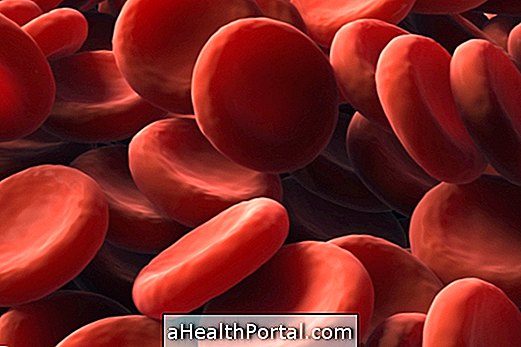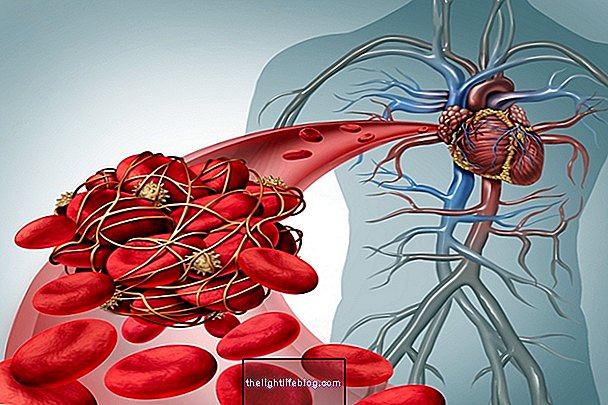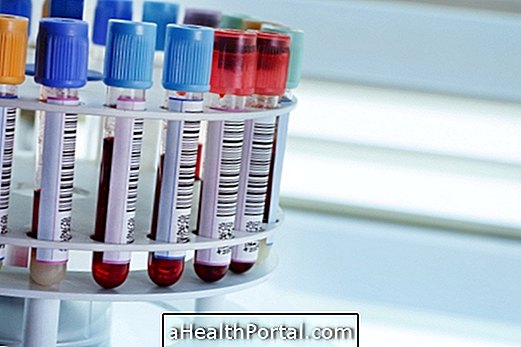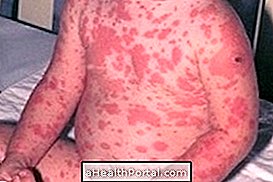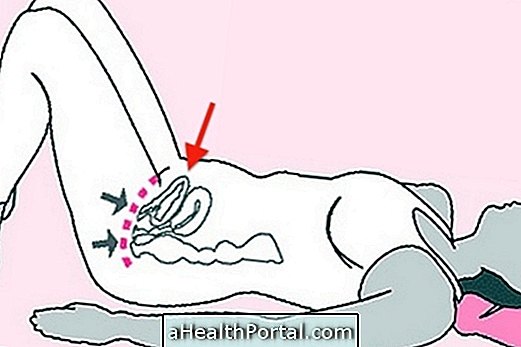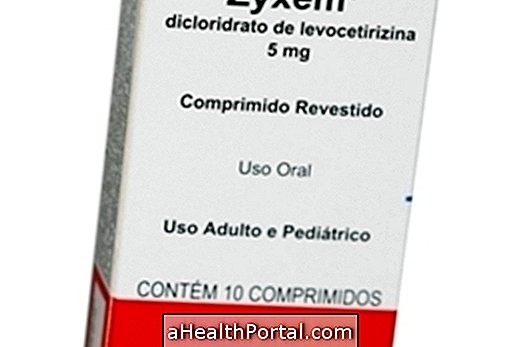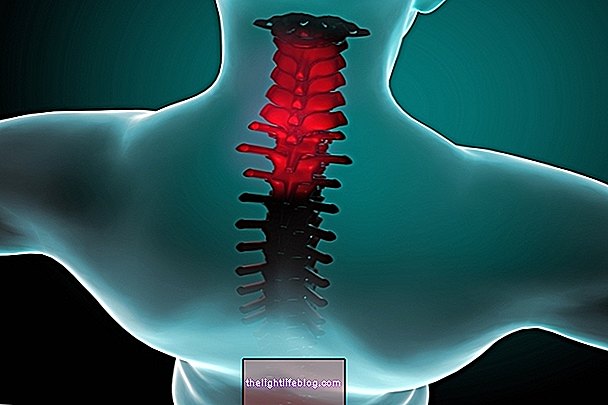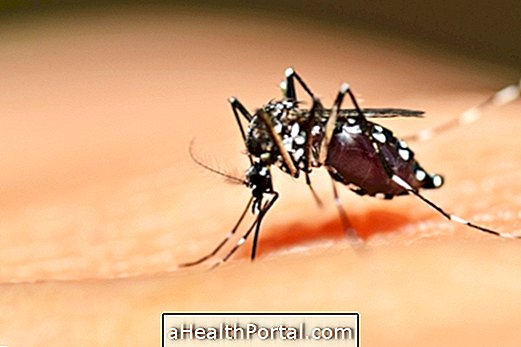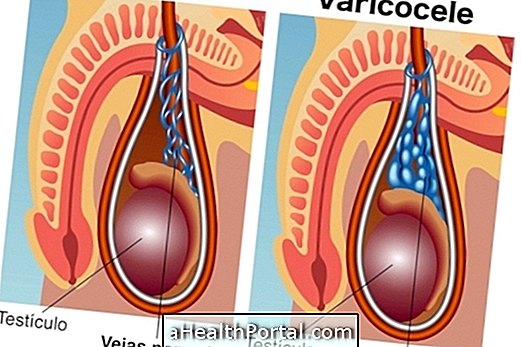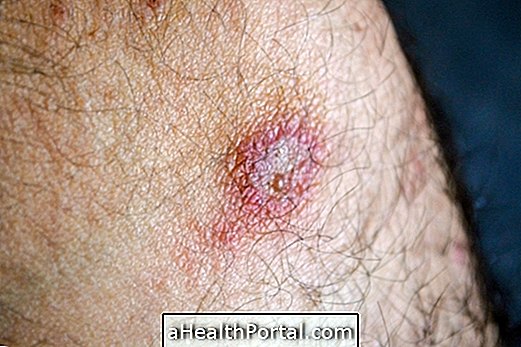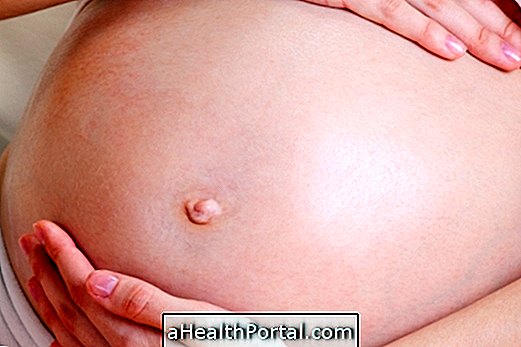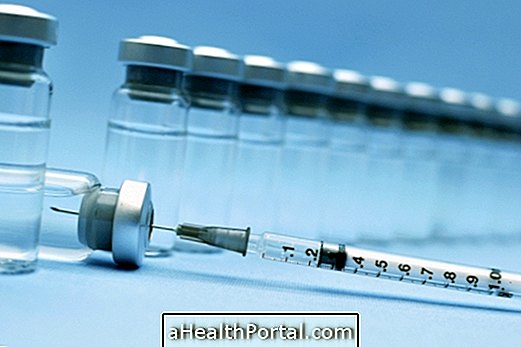Acute leukemia is a type of cancer related to abnormal bone marrow, which leads to abnormal production of blood cells. Acute leukemia can be classified into myeloid or lymphoid according to the cell markers identified by means of immunophenotyping, which is a laboratory technique used to differentiate cells that are very similar in microscope viewing.
This type of leukemia is more common in children and young adults and is characterized by the presence of more than 20% of blasts in the blood, which are young blood cells, and by the leukemic hiatus, which corresponds to the absence of intermediate cells between blasts and neutrophils.
Treatment of acute leukemia is by blood transfusions and chemotherapy in a hospital environment until no clinical or laboratory findings are known to be related to leukemia.
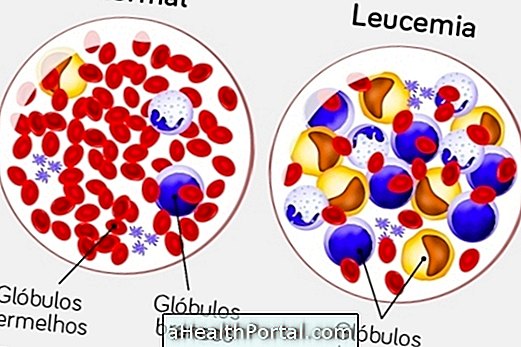
Does Acute Leukemia Cure?
The cure in leukemia refers to the absence of signs and symptoms characteristic of leukemia within 10 years after the end of treatment without relapses.
Regarding acute myeloid leukemia, cure is possible, due to several treatment options, however as the age advances, the cure or control of the disease may be more difficult; the younger the person, the greater the chance of a cure.
In the case of acute lymphoblastic leukemia, the possibility of cure is greater in children, about 90%, and 50% cure in adults up to 60 years of age, however to increase the chances of cure and prevent recurrence of the disease, it is important which is discovered as soon as possible and the treatment started shortly thereafter.
Even after starting treatment, the person should have periodic checkups to check for recurrence and, if there is one, resume treatment immediately so that the chances of complete remission of the disease are greater.
Symptoms of Acute Leukemia
The symptoms of acute myeloid or lymphoid leukemia are usually:
- Weakness, tiredness and indisposition;
- Bleeding from the nose and / or purple spots on the skin;
- Increased menstrual flow and tendency to nose bleed;
- Fever, night sweats and weight loss with no apparent cause;
- Pain in the bones, coughing and headache.
Almost half of the patients have these symptoms for up to 3 months until the leukemia is diagnosed through examinations such as:
- Complete blood count, which indicates leukocytosis, platelet disease and the presence of several young cells (blasts), either myeloid or lymphoid lineage;
- Biochemical examinations, such as dosage of uric acid and LDH, which are usually increased due to the increased presence of blasts in the blood;
- Coagulogram, where the production of fibrinogen, D-dimer, and prothrombin time are verified - learn more about examining prothrombin time;
- Myelogram, in which the characteristics of the bone marrow are verified. See what the myelogram is and what it is for.
In addition to these tests, mutation research may be requested by the hematologist using molecular techniques, such as NPM1, CEBPA or FLT3-ITD, to indicate the best form of treatment. See how molecular diagnostics are done.

Treatment for acute leukemia
The treatment for acute leukemia is defined by the hematologist according to the symptoms, test results, age of the person, presence of infections, risk of metastasis and relapse. Treatment time may vary, with symptoms starting to decline after 1 to 2 months from the start of multidrug therapy, for example, and the treatment may last for about 3 years.
Treatment for acute myeloid leukemia can be done through chemotherapy, which is a combination of medications, platelet transfusion and the use of antibiotics to reduce the risk of infections, as the immune system is compromised. Learn more about treatment for acute myeloid leukemia.
Regarding treatment for acute lymphoblastic leukemia, it can be done by means of a multidrug therapy, which is done with high doses of drugs to eliminate the possible risk of the disease reaching the central nervous system. Learn how to treat lymphoid leukemia.
If there is a recurrence of the disease, bone marrow transplantation can be chosen because, in this case, not all benefit from chemotherapy. Understand how bone marrow transplantation is done.
Acute childhood leukemia
Acute childhood leukemia usually has a better prognosis than in adults, but the treatment of the disease should be performed in a hospital setting through chemotherapy, which has side effects such as nausea, vomiting and hair loss, and so this period can be very for the child and the family. Despite this there is a greater chance of cure of the disease in children than in adults. See what the effects of chemotherapy are and how it is done.
